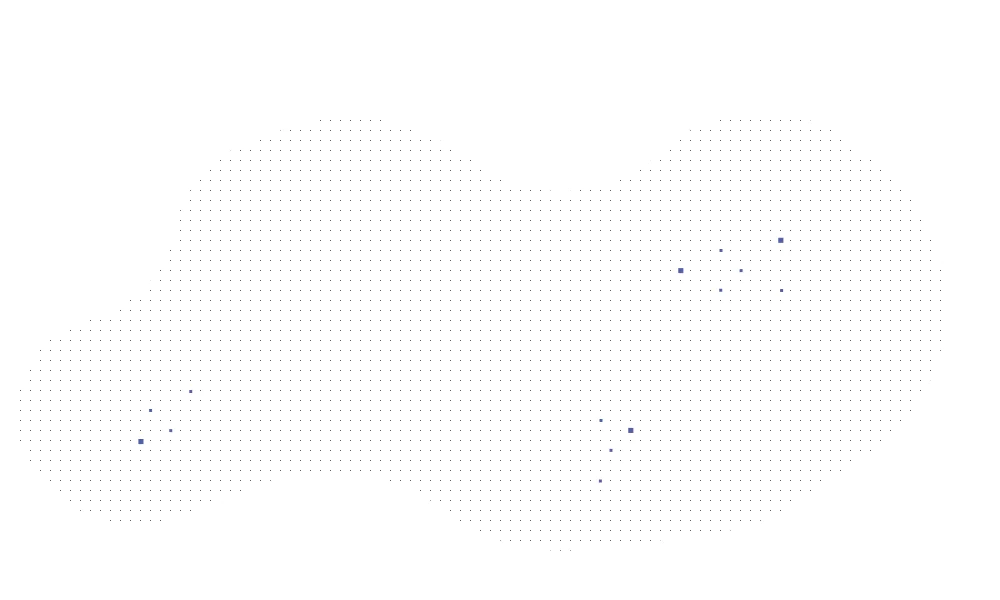The Swiss Data Science Center (SDSC) has developed a simple dashboard with which Switzerland’s parliamentary services can efficiently calculate the composition of the committees of the National Council. Compared to the previous software, this saves a lot of manual work and time. In addition, all possible combinations of parties for the composition of parliamentary groups can be calculated simultaneously.
Zurich, November30th, 2023 - On 22 October 2023, Switzerland elected the 200 members of the National Council. While the elections were closely followed by the population, attention rarely falls on the background processes that are necessary for a parliament to function well.
Parliament sits in several sessions a year. The actual political work, however, takes place in the commissions. The National Council has eleven standing commissions, each consisting of 25 members. In these commissions, current issues and initiatives are discussed and motions are drafted. During the public sessions, the proposals of the commissions are discussed again and (in most cases) a resolution is passed. The composition of the commission is decisive for the parties. Commission seats are not allocated directly to the parties but to parliamentary groups, i.e. individual parties or associations of several parties. A parliamentary group has at least five members. Only parties that are part of a parliamentary group may sit on commissions. Small parties with fewer than five seats must therefore join a parliamentary group. Large parties can increase the number of commission seats with suitable parliamentary group partners.
Until now, parliamentary services have calculated the distribution of commission seats of the National Council using software that required all data to be entered manually for each calculation. Upon request, the Swiss Data Science Center has developed a simple dashboard that greatly simplifies this procedure. The current composition of the National Council is automatically loaded and remains stored. The definitive distribution of seats only has to be saved once in a file. In addition, a new feature was added with which all relevant combinations of parties for the parliamentary group composition can be calculated in one calculation step. An Excel file is then automatically generated from these results.
The development of the ‘Parli’ dashboard has made the work of parliamentary services much easier.
"The ‘Parli’ dashboard is easy to use and saves a lot of tedious work and time when entering basic data. If the parliamentary groups are considering whether they want to take on new members, we can now quickly calculate the impact of 1 or 2 additional parliamentary group members on the total number of seats in the commissions." - Annina Jegher, Deputy Secretary of the National Council.
"At the Swiss Data Science Center, we are dedicated to supporting authorities in enhancing their operational efficiency. Recognizing the pivotal role of parliamentary services in our political system, we have worked closely with them to introduce the ‘Parli’ dashboard to facilitate their work, saving valuable time. We are delighted to have brought our expertise to deliver an efficient tool that helps streamline relevant tasks behind the legislative process," said Prof. Fernando Perez-Cruz, Deputy Executive Director and Chief Data Scientist at the Swiss Data Science Center.
The calculation of the commission seats is done according to the Hagenbach-Bischoff method. In the first step, the distribution number is determined, and each parliamentary group is allocated as many commission seats as its number of seats in the National Council is a whole number in the distribution number. If there are still commission seats to be allocated, in the second step the parliamentary group with the highest quotient, i.e. the highest ratio of the number of seats in the National Council to the number of seats already allocated plus one, is allocated another commission seat. The second step is repeated until there are no more seats to be allocated. More details at https://de.wikipedia.org/wiki/Hagenbach-Bischoff-Verfahren
If you have any questions, please do not hesitate to contact us.
Picture: @Parlamentsdienste 3003 / Rob Lewis





